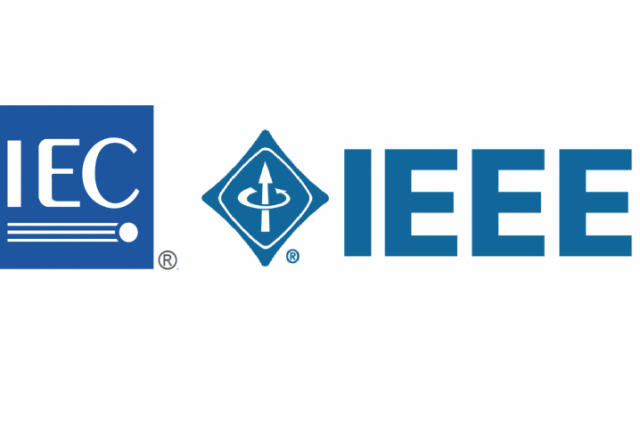In the realm of high-voltage electrical installations, safety, reliability, and harmonization of standards are paramount. The IEC 61936-1 standard plays a crucial role in achieving these goals, particularly in guiding engineers, utilities, and contractors in the design and construction of high-voltage installations.
Overview of IEC 61936-1
IEC 61936-1:2021, titled "Power installations exceeding 1 kV AC and 1.5 kV DC – Part 1: Common rules", is an international standard published by the International Electrotechnical Commission (IEC). It sets out the fundamental requirements for the design and installation of electrical power systems in fixed installations operating at:
- AC voltages above 1 kV
- DC voltages above 1.5 kV
The standard applies to public and industrial power installations, including substations, power plants, overhead lines, and cable systems. It is intended for use by designers, owners, operators, and inspectors of such installations.
Scope and Coverage
IEC 61936-1 covers a comprehensive range of topics to ensure safe and reliable electrical installations. These include:
- General design principles
- Protection against electric shock and fire hazards
- Clearance and insulation coordination
- Earthing and bonding
- Operational safety (e.g., access, signage, lighting)
- Environmental considerations
- EMC (Electromagnetic Compatibility)
- Maintenance and decommissioning guidance
The standard is harmonized with IEC 60364 (for low-voltage systems) and aligns with other IEC standards such as IEC 60071 (insulation coordination) and IEC 60529 (IP ratings).
Why IEC 61936-1 Matters
The importance of IEC 61936-1 lies in its ability to:
- Standardize practices globally, helping multinational projects and manufacturers work with a unified set of expectations.
- Ensure safety by mitigating risks to personnel and assets from high-voltage operations.
- Improve system reliability through well-defined installation practices.
- Support regulatory compliance, as many national standards bodies adopt or base their high-voltage installation codes on IEC 61936.
For instance, the European standard EN 61936-1 is identical to the IEC standard and is mandatory in many EU member states.
IEEE Equivalent: IEEE Std 979 and IEEE C2
In North America, IEEE and NESC (National Electrical Safety Code) standards serve similar purposes. The closest equivalents to IEC 61936 include:
- IEEE Std 979: "IEEE Guide for Substation Fire Protection" – overlaps in fire safety and physical layout.
- IEEE Std 80: "Guide for Safety in AC Substation Grounding" – covers earthing practices in detail.
- IEEE Std 1584: "Guide for Performing Arc-Flash Hazard Calculations"
- IEEE C2 (NESC): "National Electrical Safety Code" – contains detailed safety rules for the installation and maintenance of electric supply and communication lines and associated equipment.
Unlike IEC 61936-1, which is comprehensive in scope, the IEEE and NESC frameworks are distributed among multiple specialized standards.
Key Differences: IEC vs. IEEE Approach
| Aspect | IEC 61936-1 | IEEE/NESC |
|---|---|---|
| Scope | One comprehensive document | Multiple documents for different areas |
| Geographic Usage | Global (Europe, Asia, Middle East, Africa) | Primarily North America |
| Design Philosophy | Risk-based, harmonized approach | Prescriptive rules and guidelines |
| System Voltages | >1 kV AC / >1.5 kV DC | Varied; primarily medium to high voltage |
| Earthing & Safety | Covered within the document | IEEE 80, IEEE 837, NESC separately |
Conclusion
IEC 61936-1 is a cornerstone standard in high-voltage installation design, offering a structured, internationally recognized approach to ensure electrical safety and performance. While its IEEE equivalents are more fragmented, they offer similar depth when combined. For engineers working on cross-border projects, understanding both frameworks is essential to ensure compliance, interoperability, and safety in complex electrical systems.
